In this paper, we explore a new variational model based on the fractional derivative and total variation.Due to some metrics, our approach shows great results compared to other competitive models.In particular, deleting the noise and preserving edges, features and corners are headlights to our approach.For the fractional variable-order derivatives, different discretizations were presented to comparison.The theoretical results are validated by the Primal Dual Projected Gradient (PDPG) Algorithm which is well adapted to the fractional calculus.
1.
Introduction
A leukemoid reaction (LR) is characterized by a total leukocyte count (TLC) of more than 50 × 103/µL of blood [1]. It is differentiated from myeloproliferative states by the clinical profile, the absolute total leukocyte count (>100 × 103/µL of blood unlikely in Leukemoid reaction), and the leukocyte alkaline phosphatase (LAP) score [2]. Leukemoid reactions are seen in various conditions including sepsis, burns, and inflammatory states associated with systemic inflammatory response syndrome (SIRS) [2]. It is a very rare situation in pressure injuries and, to the best of our knowledge, no case has been reported in the literature. In this article, we report a case of a 40-year-old paraplegic male who had bed sores and hyperleukocytosis which was improved during his hospital stay alongside treatment.
2.
Case report
A 40-year-old bed bound male presented to the emergency department with complaints of fever and anorexia for past 3 months. The patient was consuming only 3–4 ice lolly sticks per day for past 2 months (Serving Size: 1 stick = 190 Cal-100%; 11 g-Carbs, 0%-Fat, 0%-Protein). With a history of L1 compression, for which fixation and decompression was performed four years prior, the patient was bed-bound since his spinal fixation surgery. The patient has no history of any addiction or drug abuse. On examination, the patient was severely generalized wasted and cachexic. His vital signs at the admission time were determined as follows: body temperature was 37.7 °C (axillary); heart rate was 122 beats/min; blood pressure was 115/75 mmHg; respiratory rate was 20 breaths/min; and oxygen saturation in the room air was 95%. The patient did not experience any jaundice, edema, or peripheral lymphadenopathy, though he was slightly anemic. On neurological examination, the patient was well oriented in time, place, and person (Glasgow Coma Scale = 15). The power in both lower limbs were 0/5 and he had a normal (5/5) power in both upper limbs. The chest was clear with no abnormal sounds on auscultation. An abdominal examination revealed a sunken, non-tender abdomen with no visceromegaly (normal size liver, spleen, and kidneys) or any palpable mass. The patient had one large grade-IV decubitus ulcer and a few small grade-I decubitus ulcers solely in the gluteal region. Peripheral blood smear revealed a total leukocyte count = 103 × 103/µL of blood, a platelet count = 978 × 103/µL, hemoglobin = 9.75 g/dL, a mean corpuscular volume = 74.6 fl, a mean corpuscular hemoglobin = 24.37 pg, a mean corpuscular hemoglobin concentration = 32.67 g/dL, % neutrophils = 90%, % eosinophils = 0.11%, % lymphocytes = 4%, % monocytes = 0%, and myelocytes = 6%. The c-reactive protein was raised 34 mg/dL. A routine urine examination showed glucose ++, proteins ++, and 4–6 puss cells. A sonogram of the abdomen revealed no visceromegaly, though he had bilateral renal calculi, with the largest measuring 15 mm in the right kidney with no obstructive changes. The urinary bladder was sub-optimally filled, showing 2 calculi collectively measuring 24 mm in size. Serum electrolytes showed a sodium level of 125 mmol/L, a chloride level of 90 mmol/L, and a normal potassium level. Bilirubin and liver enzymes were normal, while renal function test showed a urea concentration of 57 mg/dL and a creatinine concentration of 1.7 mg/dL. The serum albumin was 1.91 g/dL. A random blood sugar measurement was 89 mg/dL. The lactate dehydrogenase was 237 U/L (240–480 U/L). The retic count was 0.5%. There was no evidence of any collection or abscess on the abdominal and pelvic ultrasounds. The chest x-ray was normal.
The patient was administered a broad-spectrum intravenous antibiotic, TANZO® {4 g Piperacillin/0.5 g Tazobactam—Bosch Pharmaceuticals (Pvt) Ltd} TID, for 2 weeks, and a bone marrow aspiration was performed and sent for reporting to rule out any myeloproliferative state or malignancy. The bone marrow examination showed no evidence of any myeloproliferative state or malignancy. With the administration of the broad-spectrum antibiotic and proper dressing of the pressure injuries, there was decrease in the TLC to 43.6 × 103/µL and the platelet count to 592 × 103/µL after 1 week. A repeat blood smear after ten days showed neutrophilic leukocytosis, loaded neutrophils with toxic granulations, no atypical cells seen, and a total leukocyte count of 23 × 103/µL of blood. The TLC at the time of discharge was 18.83 × 103/µL of blood and the platelet count was 444.6 × 103/µL of blood. The patient clinically improved at the time of discharge from the ward after 2 weeks without any unanticipated events as shown in Appendix (Care checklist for case report). He was advised a proper diet along with home medications and was referred to a surgeon and a rehabilitation center to manage his pressure injuries with skin flaps.
3.
Discussion
A leukemoid reaction refers to a reactive leukocytosis and has been described in response to inflammation, disseminated or severe infection, tissue destruction, or other bone marrow stimulants. Leukemoid reactions have been described mainly in association with lung, gastrointestinal, genitourinary, head and neck cancers, and some other conditions such as alcoholic hepatitis [2]. Infections were the most common cause of leukemoid reactions, followed by ischemia, stress, inflammation with systemic inflammatory response syndrome, and obstetric conditions [3]. Leukemoid reactions have been attributed to increase the production of cytokines, including granulocyte colony stimulating factor (G-CSF), granulocyte-macrophage colony-stimulating factor (GM-CSF), interleukin-6 (IL-6), and interleukin-3 (IL-3) [4]–[6].
Leukemoid reactions in advanced malignancies are usually myelocytic, although basophilia, monocytosis, or eosinophilia may be seen. Peripheral blood smears have shown orderly progressive maturation of granulocytes, usually with no nucleated red blood cells or blasts [7]. The leukemoid reaction is distinguished from chronic myelogenous leukemia (CML) by an increased LAP, and generally, a lack of thrombocytopenia and non-malignant bone marrow [7]. Very limited cases have been reported with hyperleukocytosis (≥100000 cell/uL) due to leukemoid reactions in literature and is more commonly reported in premature babies and malignant patients where a majority of them did not survive. Wang et al. (2017) reported a LR in lung sarcomatoid carcinoma with a TLC of ≥140000 cell/uL; despite chemotherapy, the patient expired 2 months after diagnosis [8]. Underwood et al. (2012) reported a LR in premature baby with invasive congenital herpes simplex encephalitis with a TLC of 116700 cells/uL; despite administering injectable antibiotics and antivirals, the baby died a few hours later [9]. Sreevatsa et al. (2015) reported a LR with 160000 WBCs/uL in a poorly differentiated metastatic lung carcinoma [10].
Hyperleukocytosis due to a leukemoid reaction in pressure injuries is very rare and no case has been reported in the literature to date. Hyperleukocytosis in this setting is presumed to be due to a long history of non-healing pressure injuries. Infections induce emergency myelopoiesis in the bone marrow and a prolonged state of untreated infection can result in hyperleukocytosis, as shown with our described patient. In our patient, there was a strong suspicion of acute leukemia because of the raised TLC on the blood smear, as well as the strong increase in the platelet count and the decrease in the hemoglobin and myelocytes on the blood smear. However, the bone marrow report excluded any malignancies or myeloproliferative disorders and the patient responded well to antibiotics. Additionally, toxic granulations were found in the peripheral blood smear, which showed an infective process, mostly the bacterial infection, SIRS, and sepsis. With the proper dressing of the wound and broad-spectrum antibiotics, a dramatic response was observed in the patient. In our case, the hyperleukocytosis was probably due to a leukemoid reaction secondary to the pressure injuries. The pathophysiological basis for the leukemoid reaction in the setting of the pressure injuries was probably the high activity of G-CSF, IL-3, IL-6, and systemic inflammatory response syndrome.
4.
Conclusions
Hyperleukocytosis is not always due to underlying malignancies or myeloproliferative disorders. A bone marrow examination is mandatory for patients with hyperleukocytosis; however, for patients that are bed-bound for either months or years, pressure injuries should first be inspected in the setting of hyperleukocytosis. Administering broad spectrum new generation antibiotics before performing invasive procedures and tests such as bone marrow aspirations should be the preferred approach. Moreover, the bed bound patients should be properly counselled regarding physiotherapy and frequent posture changes, including the prone position, before discharge to prevent any future pressure injuries [11].
Use of AI tools declaration
The author declares that he has not used Artificial Intelligence (AI) tools in the creation of this article.











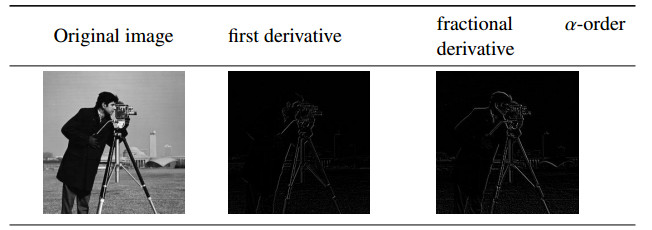

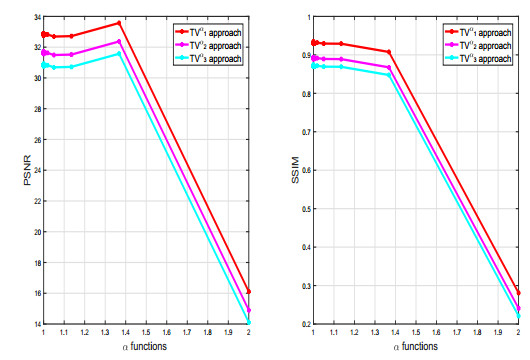
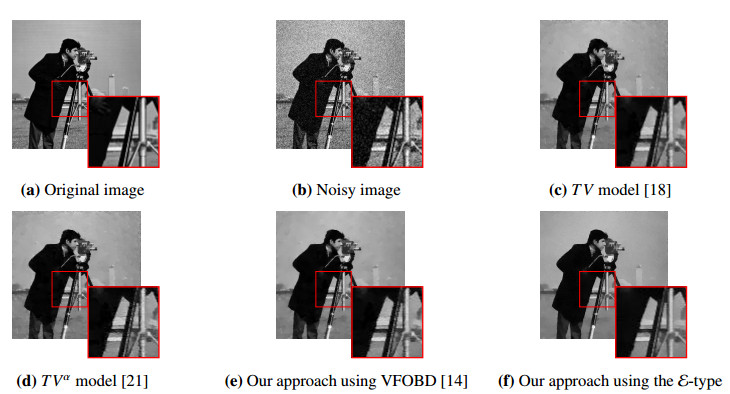
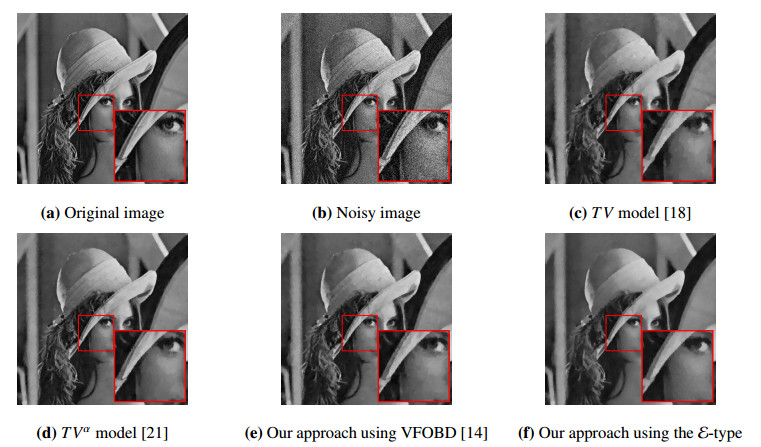
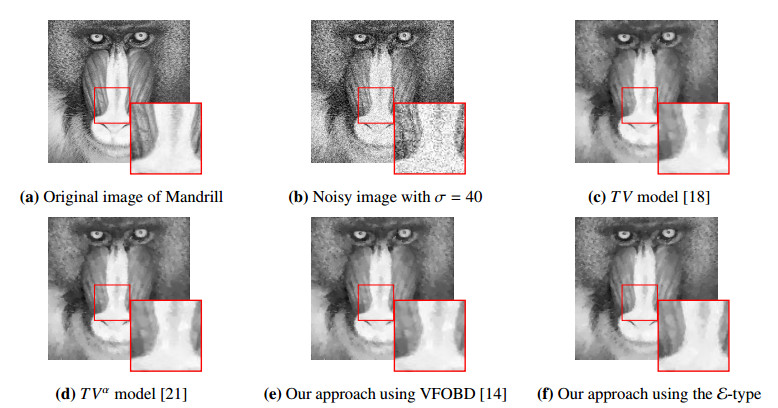
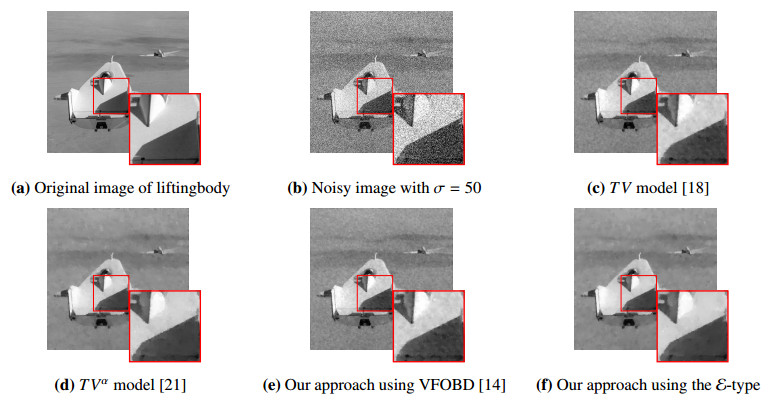
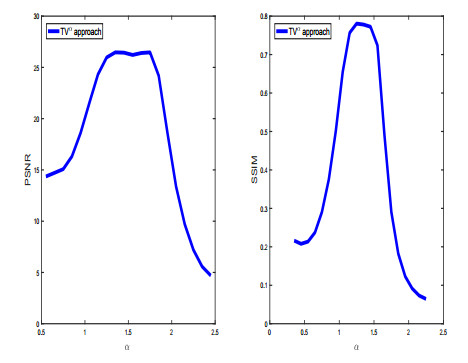
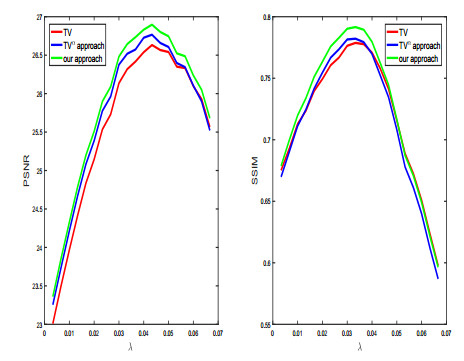
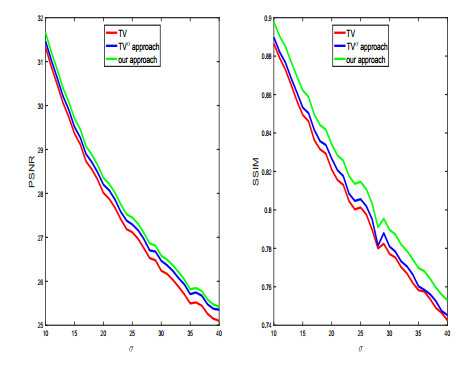


 DownLoad:
DownLoad: